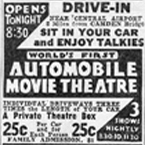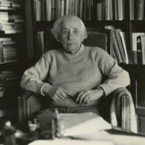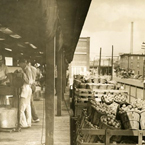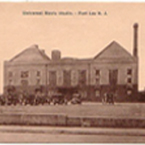Paterson Silk Strike
In the late 19th century, Paterson, New Jersey became a manufacturing powerhouse. The Great Falls of the Passaic River provided energy for mills that produced nearly half the nation’s silk. Conflicts between the mill owners and workers were not uncommon. But in 1913, when the owners tried to push workers to produce even more with less, the workers decided to strike. The house of Pietro Botto, a skilled weaver from Italy, and his wife Maria, a silk inspector, became the strike’s headquarters. Speakers would address crowds of up to 25,000 from the second floor porch.
































